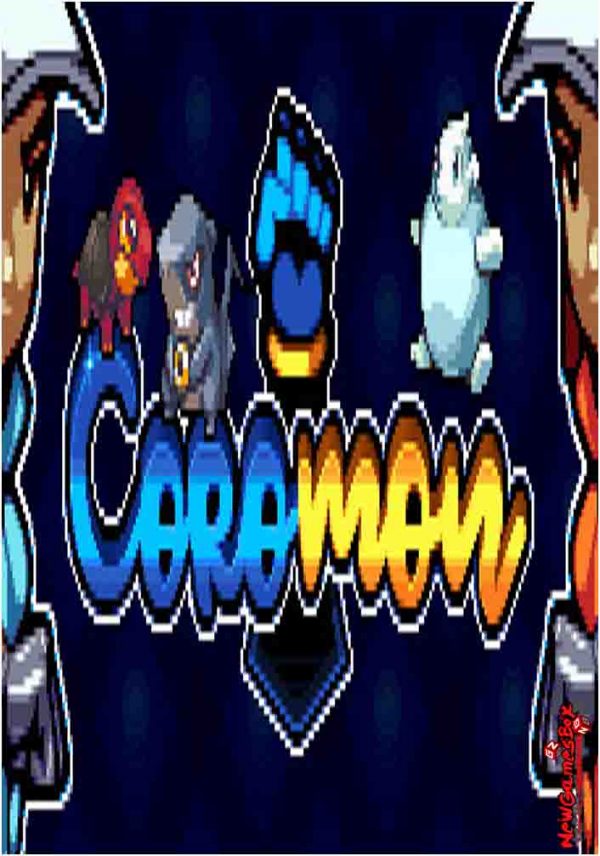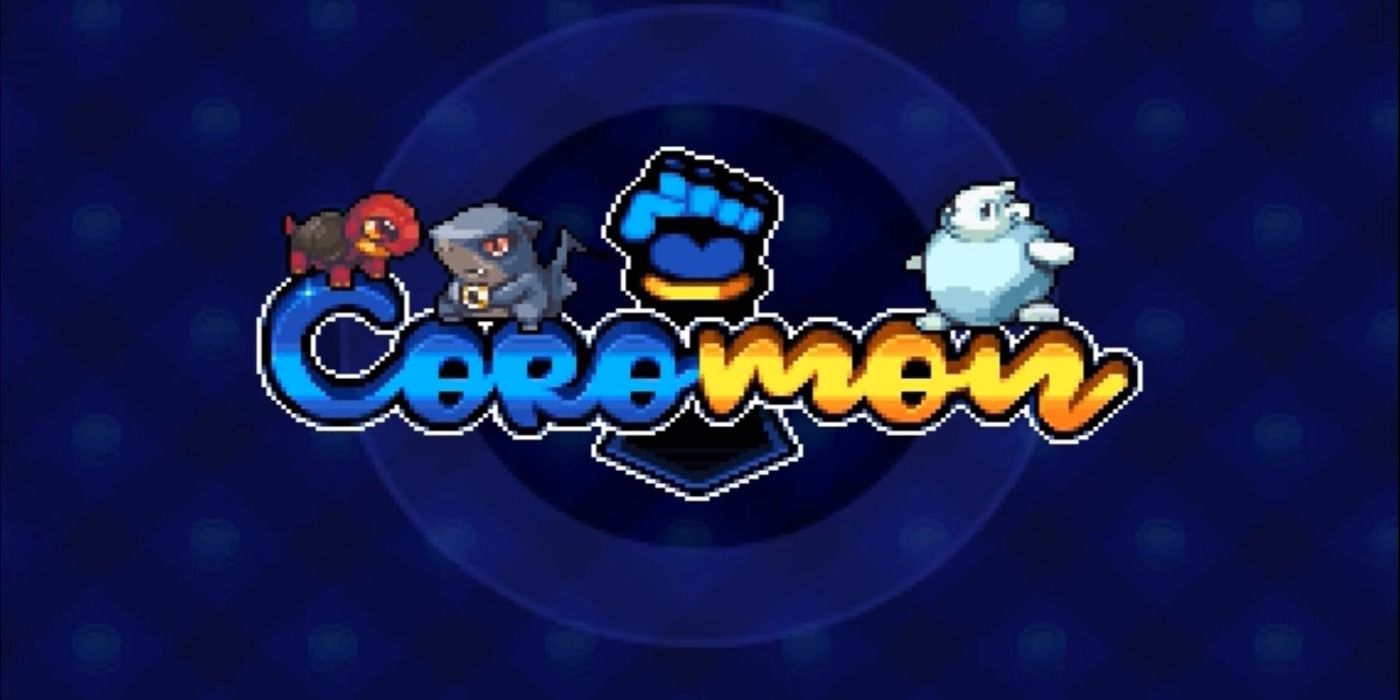

It slowly ramps up the difficulty while still requiring that you play by its rules if you want to complete it. Sol Cresta isn’t trying to kick you off the arcade machine or get another quarter. However, when you consider its length, shield system, and difficulty options, you’ll likely get further in it than many other shmups before they decide to tighten their grip. The point of the above is basically to say what looks haphazard or overly punishing at first actually has intention behind it that becomes more apparent as you play and improve. Considering the game wears its early-80’s inspiration on its sleeve in many other ways, this may not be a big surprise. And once you get the hang of things, there’s a lot of room for experimentation and interpretation in the stages, which may sometimes look like a bullet hell game if you let things get out of hand but are actually more old school in their inspirations. They’re all intertwined and need to be managed by the player for success. The mechanics of the game were sinking in and becoming second nature.Īnd there are a lot of core mechanics in Sol Cresta, such as ship formations, Formation Shots, Command Shots, “Sol Time” (slowing down time for moving into formation), the Sol Gauge, and the Formation Gauge. I wasn’t just memorizing enemy placement. But after digging into the game, its depth slowly revealed itself to me. I was skeptical as well after learning that the Story Mode would be sold separately as DLC. The PlatinumGames name may have initially driven up the interest among new players who ended up balking at the $40.00 price for an hour-long arcade mode, but that much content likely has veteran high score chasers begging for mercy.

Like any good shooter, Sol Cresta has a depth to it that isn’t immediately apparent. Maybe Sol Cresta won’t spread shmup fever across gaming as a whole, but PlatinumGames delivered the goods, so if you’re a fan of shooters, or even just action games in general, you owe it to yourself to give it a look. The story doesn’t have to end here, though. After the game released, there was a brief discourse around its price and how much shmups are worth (this is a whole other story) and the game seemed to disappear, leaving the leaderboards open for players in Japan, where the game has been more celebrated. It’s kind of a big deal to get an arcade inspired shooter from a big-name developer in this day and age, and Sol Cresta was even getting coverage from major games media outlets, though it quickly tapered off in the West.

We were getting a bona fide vertical shmup from PlatinumGames as a part of their Neo-Classic Arcade initiative. Announced on April Fools as a continuation in the long dormant Cresta series, it seemed like a well-made prank that brought more attention to Cresta than it had seen in decades.


 0 kommentar(er)
0 kommentar(er)
